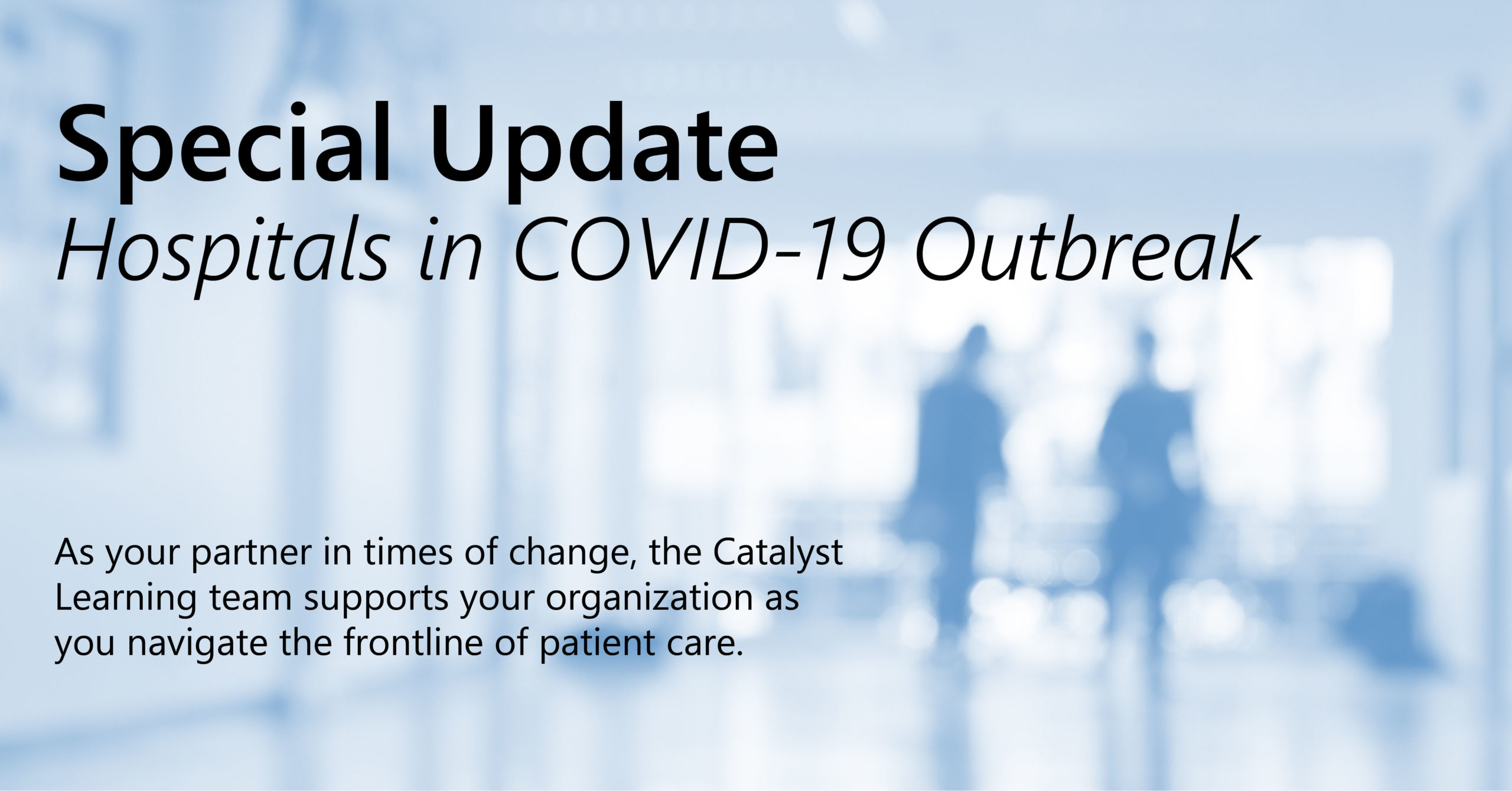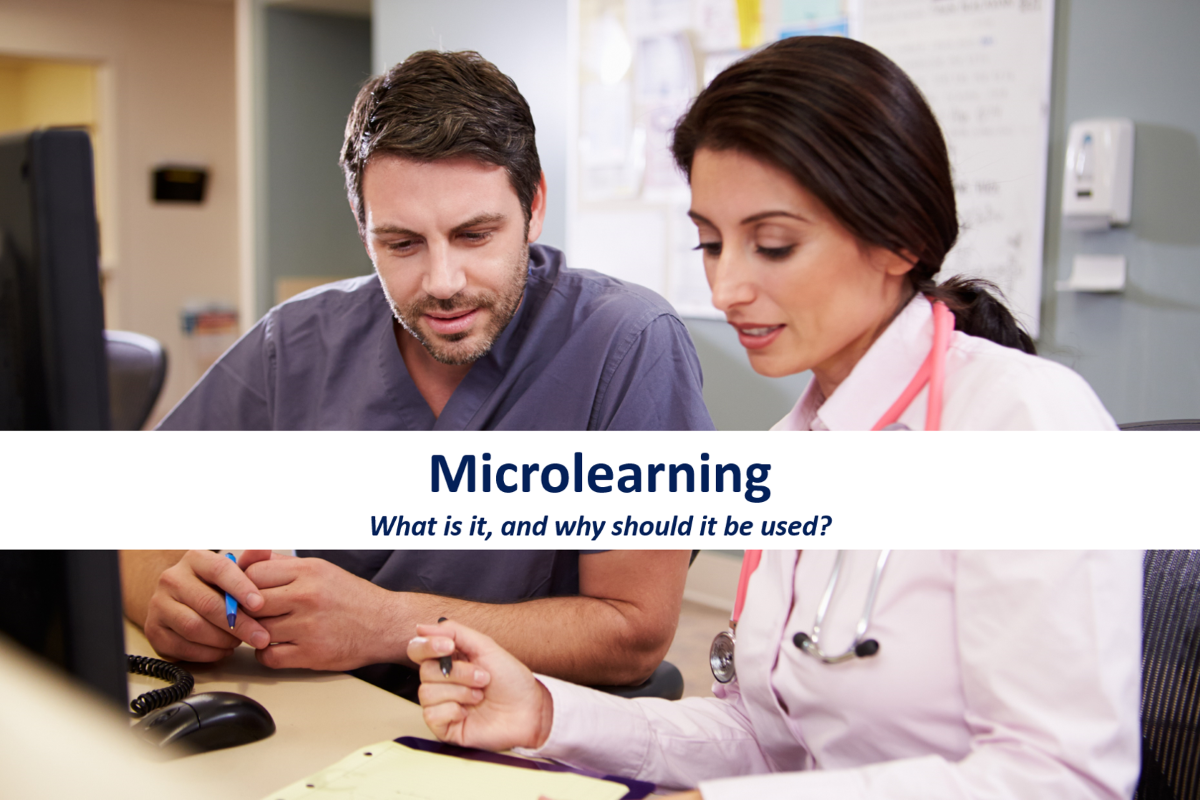2020 sparked what will forever be looked at as the year of the nurse. Our nation’s frontline health heroes answered the call when the world started changing in early March. Chief Nurse Officers had to push aside competing internal priorities and get to the root of their leadership role: advocating for the nursing profession. As we prepare for an end to summer, what are the top concerns of our nation’s CNOs?
Gauging the Impact of COVID-19 on Nurse Staff
Even before the pandemic, healthcare organizations were facing growing challenges in finding the nurses they need to compete and provide great care. But not CNOs really need to gauge the impact on staff. How did this event affect nurse stress and resiliency? What can be done to make positive steps to coping as a system/team. Nurse Directors and CNOs will likely spend months or years helping to give emotional first-aid to nurses who were on the front lines, as they process what has happened.
Prioritizing Nurse Resiliency from the Top-Down
Nurses are stressed! With the pandemic, recent nursing furloughs that led to employee financial issues, political unrest, or stress from children not being in school, nurse stress management and resiliency is more important than ever. How will CNOs help RNs feel prepared to tackle challenges the job throws at them?
CNOs will be encouraging nurse emotional breaks and stress management techniques. When huddling with work teams, nurse leaders will worry about how to teach self-awareness and how to teach nurses to recognize what they can and cannot control. CNOs know they desperately need to prioritize nurse satisfaction, productivity, and stress management, but it is an uphill climb.
At Children’s Hospital and Medical Center in Omaha for example, managers are trained to listen and provide safe spaces for nurses to talk through work stressors. Omaha Children’s early intervention program began with a need to address secondary trauma, then saw there was also a need to reduce workplace stress. CNOs across the U.S. are looking for the right resiliency strategies for their own organizations.
Preparing Staffing Models for a COVID-19 and Influenza Surge in Fall/Winter
No one knows what will happen in late Fall or Winter, but history shows that a non-vaccinated virus can have secondary spikes, more probable in cooler weather. CNOs are figuring out how to expand the acute care workforce as much as possible before this possible surge starts. Organizations are relocating staff from a variety of other care sites such as outpatient procedural areas, ambulatory care sites, and low volume clinics. CNOs are also increasing temporary staffing options: recruiting from pools of retired nurses, independent NP’s under temp contracts, student nurses, and recruiting faculty from academic partners.
After workforce expansion actions are taken, the next priority is to optimize deployment of this expanded workforce. CNOs are figuring out how best to ensure staff are prepared and that potential learning needs are addressed, and worried about how to best deploy staff to optimize staff experience and clinical competency.
Once staffing volume for a virus resurgence is addressed, preparation evolves to figuring out the stressful details of how to support that staff. For example, is the 12-hour shift excessive while staffing this pandemic? Can staggered shifts be supported? How can nurse leaders best leverage preceptors and nurse mentors? How is hazard pay addressed? How are new nurse graduates prepared? How can leadership best prepare ICU space and equipment/supply issues? And how can emotional support and stress-mitigation strategies be put in place before any surge hits? These are all questions our nurse executives are hoping to find answers for.
There are a lot of questions that have no answers for CNOs this winter that will affect staffing models. Will it be a bad flu year? Will populations, tired of distancing and putting off leisure activities, let their guards down near the holidays and cause mass viral outbreaks? Will a COVID-19 vaccine come, and will high-risk populations have adequate access to it? Or will they even trust it? Will pent up demand for non-essential/preventive care in Spring and Summer cause spikes in care volume needed later in the year? And how will a divisive election season affect population health?
Nurse Shortages and Attrition Leading to Erosion of Patient Care and Staff Morale
Healthcare organizations are facing growing challenges in finding the nurses they need. According to the AMN Healthcare Study “Worsening Shortages and Growing Consequences: CNO Survey on Nurse Supply and Demand,” many CNOs cited that the nurse shortage at their organization is moderate to severe, and most say that this problem will become worse instead of better in the next five years. Some sources are showing that understaffing nurses can degrade the work environment and HCAHPS scores. Nurse recruitment is becoming more competitive now too, with salaries rising higher and higher. Nurses demand more perks, like flexible schedules. Hospitals are seeing nurses leaving for easier 9-5 shifts in outpatient settings. Read our related article, “Millennial Nurse Retention Strategies.”
Changing Technologies/Processes, plus Training to Manage it
EHR, automated IV pumps, portable monitors, medication bar code scanning, smart beds, and centralized command centers are just a few recent tech upgrades. Besides just frustrations with scheduling constant training sessions, health IT can contribute to nurse burnout, as it demands more of nurses’ time. Work interruptions from constant alerts and alarms is challenging, and if nurses see added IT processes with no measurable impact, it leads to more frustration. Systems are looking to technology to streamline work and increase efficiency in 2020, but there are growing pains as this happens. And what new technologies or processes will arise because of the pandemic? Will some of the restrictive new rules from long-term facilities make it to acute care hospitals?
Turnover Within the C-Suite
Continuous consolidation of healthcare organizations and mass retirements of Baby Boom age leaders increase executive turnover rates. Churn in the C-suite can have a negative impact on financial performance, organizational development, and employee engagement. C-suite turnover creates a toxic environment of competing priorities that can distract organizations from providing high levels of patient care.
As the nation gets up from this gut-punch in 2020, will it lead to an even larger mass exodus in our systems’ C-Suite? That is uncertain, but we do know that hospital CEOs are taking pay cuts as COVID-19 financial losses mount, and capital projects are being terminated or postponed. With some bans on high margin non-emergency surgeries, workers being furloughed, and soon-to-come regulatory changes looming to prepare for future pandemics, it would not be unprecedented to see turnover within the C-Suite later this year.
Lack of Transformational Nurse Leaders – Young Nurses Not Pursuing Leadership
As Baby Boom nurses are retiring or cutting back hours, there is a void in leadership and experience. It makes sense that young nurses should apply and fill these leadership voids, but often times they do not. Hopefully when we look back in time, we’ll see that the COVID-19 pandemic helped CNOs identify leadership potential where they had not yet seen it in junior staff (and perhaps the converse, re-evaluate where they thought senior leadership potential was present). One way to prepare young nurses is to equip them with leadership development opportunities. Making sure a first-time Charge RN has a good leadership experience is crucial for filling future Nurse Manager roles. Managers are responsible for staff, overseeing patient care, scheduling, meetings, and personnel and budget decisions. It comes with stress and work-life balance issues. See our related article, “Why Are Many Young Nurses Not Applying For Manager Roles?”
—–
BONUS – All About Nursing with Dr. Joyce Batcheller
Dr. Joyce Batcheller is an Executive Nurse Advisor with The Center for the Advancement of Healthcare Professionals for AMN Healthcare and is responsible for the development and delivery of two Chief Nursing Officer Academies: CNO Academy I, which was developed for new and aspiring CNOs and CNO Academy II, which was developed for experienced CNOs. Having served as a Chief Nursing Officer for more than 19 years in one of the largest healthcare providers in Central Texas, she has extensive experience in leading large system changes within a complex multi-hospital organization.
Dr. Batcheller’s podcast, “All About Nursing” explains how nurses play a significant role in providing healthcare in multiple care settings. You will be able to hear from some of these key nurses who work in practice, academia and other practice settings. You will hear about challenges nurses are engaged in as healthcare continues to experience an unprecedented need to decrease costs and improve outcomes. Recently, Dr. Batcheller interviewed Robyn Begley CEO of AONL and Kim Glassman who is leading work in NYC related to COVID-19. Listen to the podcast here.
—
Sources
“Dealing with COVID-19 Anxiety & Stress on the Front Lines,” Wolters Kluwer Podcast, April 13 2020
“Key actions CNOs should take now to staff for a Covid-19 surge,” Advisory Board, Carol Boston-Fleischhauser, JD, MS, BSN, CNO and Managing Director
“Healthcare News: Nurse Leaders Say Nurse Shortages Erode Patient Care and Staff Morale,” AMN Healthcare
“Hospital CEOs take pay cuts amid COVID-19,” Modern Healthcare, Stephanie Goldberg, May 11, 2020
“Working without a Playbook,” Emerging RN Leader, Rose O. Sherman, April 2, 2020
“The backbone of healthcare: 3 CNOs on what COVID-19 has taught us about nursing,” Beckers Healthcare, Mackenzie Bean, Gabrielle Masson, Anuja Vaidya, May 11 2020
“Maintaining hospital culture through C-suite leadership turnover,” Beckers Healthcare, Brian Hudson, April 23, 2018
“Second Victim Syndrome and COVID-19,” Emerging Nurse Leader, Rose O. Sherman, April 30, 2020
“Worsening Shortages and Growing Consequences: CNO Survey on Nurse Supply and Demand,” AMN Healthcare
“10 things keeping health system CEOs up at night,” Beckers Review, Molly Gamble/Ayla Ellison
“Top CNO Concerns,” Kristin Whitehead, HealthLinx
“Worries of the health system CEO,” Medi Leadership, September 27, 2019
“Nurse burnout? Try telehealth, clinical decision support and analytics tools, experts say,” Healthcare IT News, Bill Siwicki
“COVID-19 Hits Some Health Care Workers With Pay Cuts and Layoffs,” NPR, Martha Bebinger, April 2, 2020








